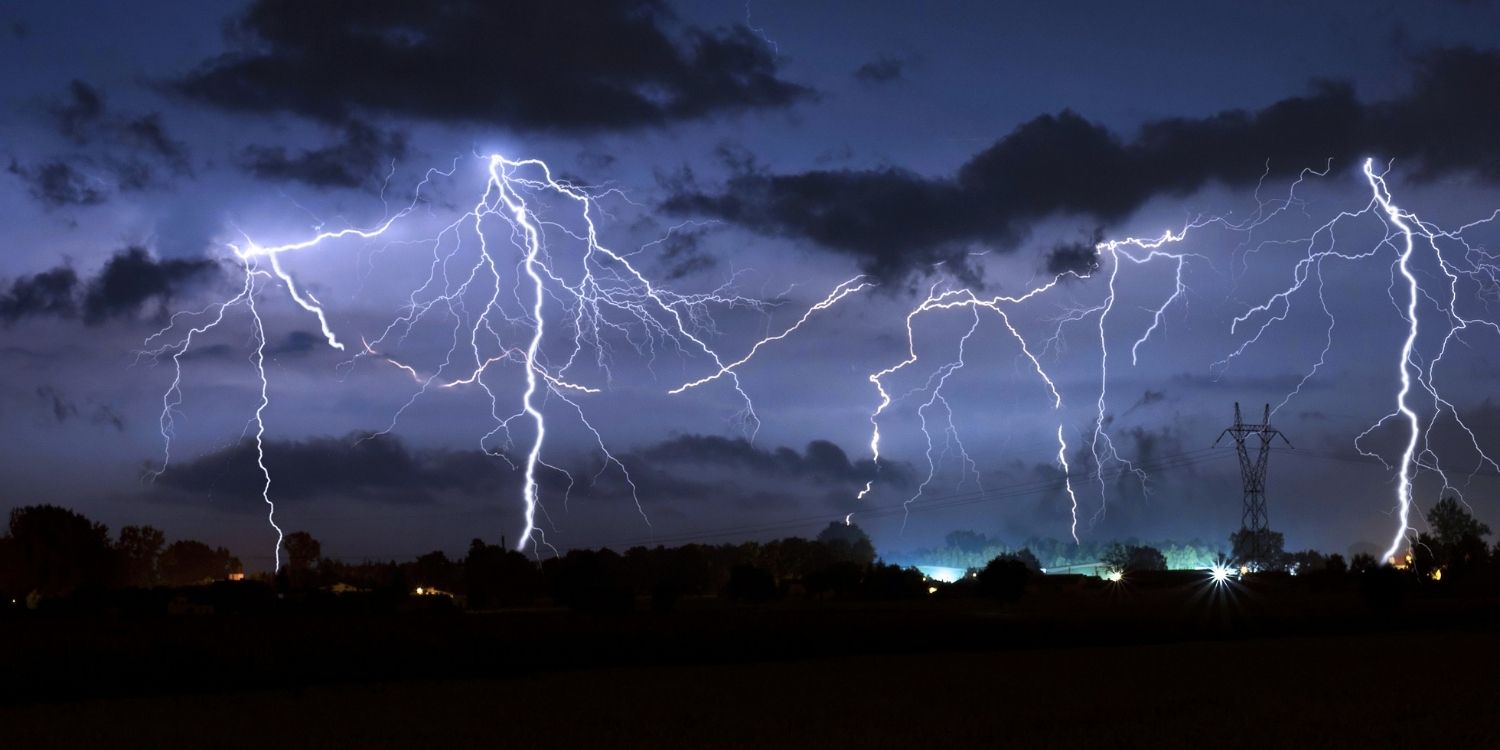Have you ever been jolted by a sudden, deafening clap of thunder that seemed to shake the very ground beneath your feet? Thunder is a natural phenomenon that has fascinated and frightened humans for centuries. It is the result of a complex interplay between atmospheric conditions and electrical discharges, and it can produce an array of awe-inspiring sounds that range from gentle rumbles to ear-splitting crashes.
In this article, we will explore the science behind thunder and the various types of thunderstorms that produce this electrifying phenomenon. We'll also take a closer look at the cultural and artistic significance of thunder, and the ways in which it has inspired human imagination throughout history.
What is Thunder?
Thunder is the sound produced by lightning as it travels through the air. When lightning strikes, it rapidly heats up the surrounding air, causing it to expand at supersonic speeds. This sudden expansion creates a shock wave that travels through the atmosphere as a loud, booming sound. The sound waves from thunder can be heard up to 10 miles away from the point of the lightning strike, depending on atmospheric conditions.
The sound of thunder can vary depending on a number of factors, such as the distance of the lightning strike, the intensity of the lightning bolt, and the atmospheric conditions. Thunder can sound like a rumble, a crack, a boom, or a sharp clap, and it can last for a fraction of a second or up to several seconds.
Types of Thunderstorms
Thunderstorms are the most common natural phenomenon that produces thunder. These storms are formed when warm, moist air rises into the atmosphere and meets cooler, drier air. The rising warm air creates unstable atmospheric conditions that can lead to the formation of thunderstorms.
There are several types of thunderstorms, each with its own unique characteristics and thunder-producing potential:
Single-cell Thunderstorms: These are the most basic type of thunderstorm, characterized by a single, isolated updraft of warm air. They typically last for less than an hour and produce only one thunderstorm.
Multi-cell Thunderstorms: These storms are made up of several individual cells of rising warm air that interact with one another, leading to more intense thunder and lightning activity.
Supercell Thunderstorms: These are the most intense and long-lived type of thunderstorm, characterized by a rotating updraft of warm air that can produce extremely large hail, damaging winds, and multiple lightning strikes.
Squall Line Thunderstorms: These are long, narrow bands of thunderstorms that can produce intense lightning, strong winds, and heavy rain over a large area.
Cultural Significance of Thunder
Thunder has played an important role in human culture throughout history. Many ancient cultures believed that thunder was the voice of the gods, a powerful and fearsome force that could bring both blessings and destruction.
In Norse mythology, Thor, the god of thunder, wielded a magical hammer that could summon lightning and thunder to vanquish his enemies. In many Native American cultures, thunder was seen as a symbol of power and fertility, and was often associated with the spirit world.
Thunder has also been a source of inspiration for artists and writers. In literature, thunder has often been used to create a sense of foreboding or suspense, as in the opening lines of Shakespeare's "Macbeth": "When shall we three meet again? In thunder, lightning, or in rain?"
In music, thunder has been used to create powerful and dramatic effects, such as in Beethoven's "Symphony No. 6," which features a thunderstorm movement that evokes the intensity and majesty of a storm.
